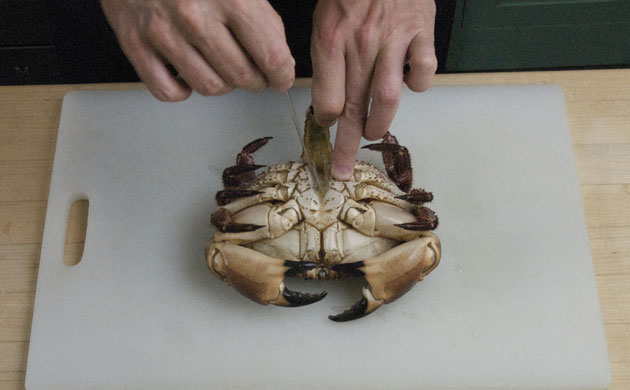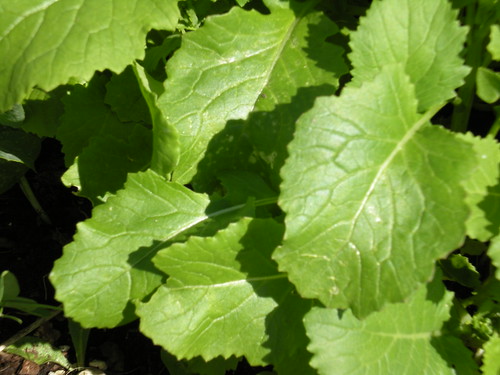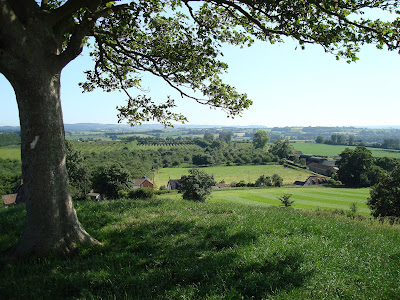 Wallace and Gromit may have dreamt it, but it took a group of enterprising British cheesemakers to make space travel a reality for creatures of the curd kind. These are the same people who, in 2007, created the internet sensation that became known as 'Wedginald.' They focused a webcam on a 44-pound wheel of cheddar and thousands of people tuned in to watch it mature.
Wallace and Gromit may have dreamt it, but it took a group of enterprising British cheesemakers to make space travel a reality for creatures of the curd kind. These are the same people who, in 2007, created the internet sensation that became known as 'Wedginald.' They focused a webcam on a 44-pound wheel of cheddar and thousands of people tuned in to watch it mature.This year's stunt, marking the 40th anniversary of the lunar landing, involved launching a weather balloon 18 miles into the upper atmosphere attached to a capsule containing about a half a pound of Cheddar. Hours later, the GPS tracking system had stopped working, leaving the cheesemakers wondering where their cheese had gone.
Dom Lane, of Shepton Mallet's West Country Farmhouse Cheesemakers group, told BBC Wiltshire: "We've been tracking the trajectory and the current prediction is that it could land anywhere from here in Wiltshire to Hemel Hempstead.
Luckily for them, a helpful Samaritan turned the cheddar in to the police the next day -- about 75 miles away.
"The whole exercise was a nice way to wave the flag for authentic Cheddar," Mr. Lane said.










